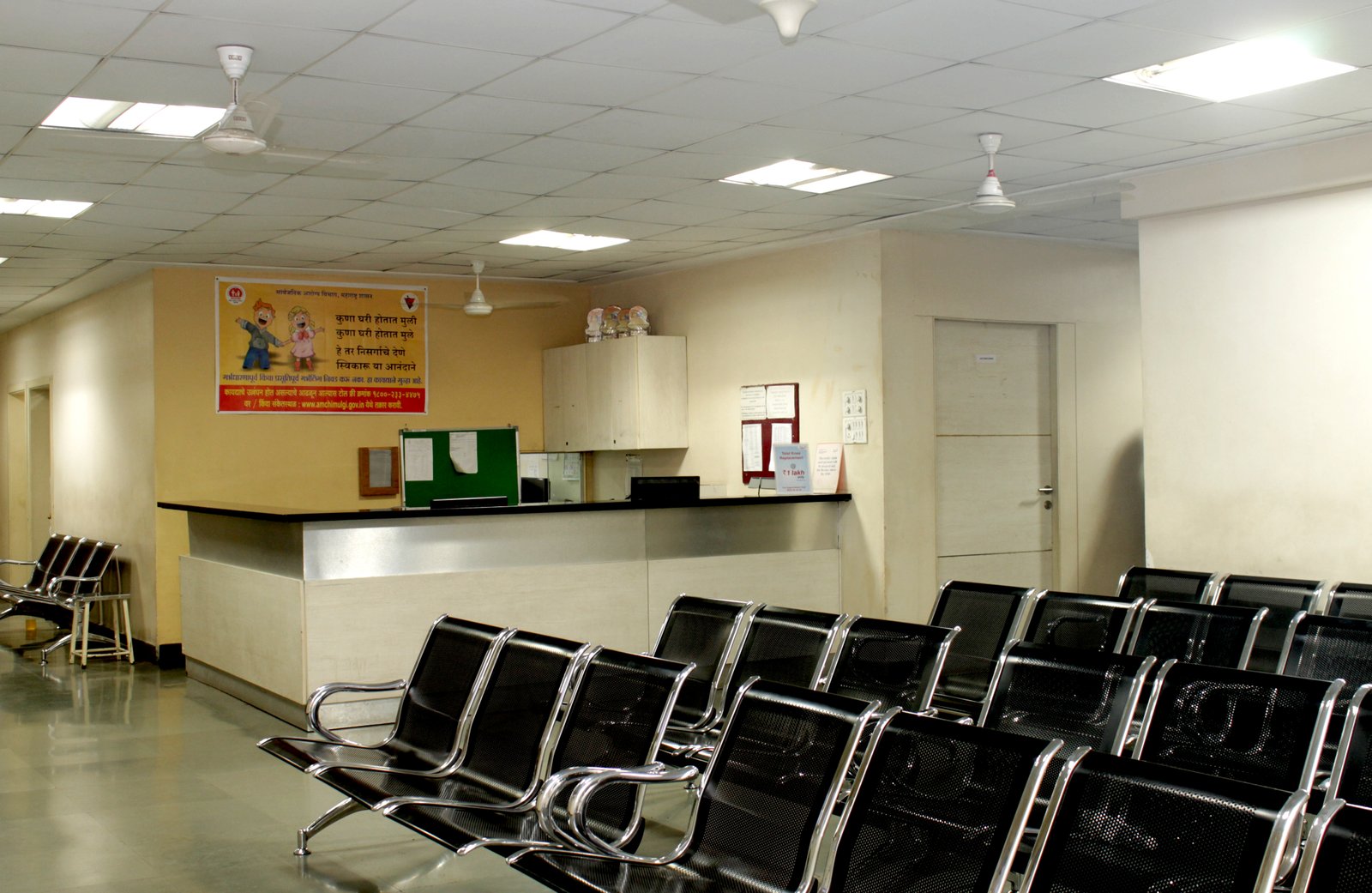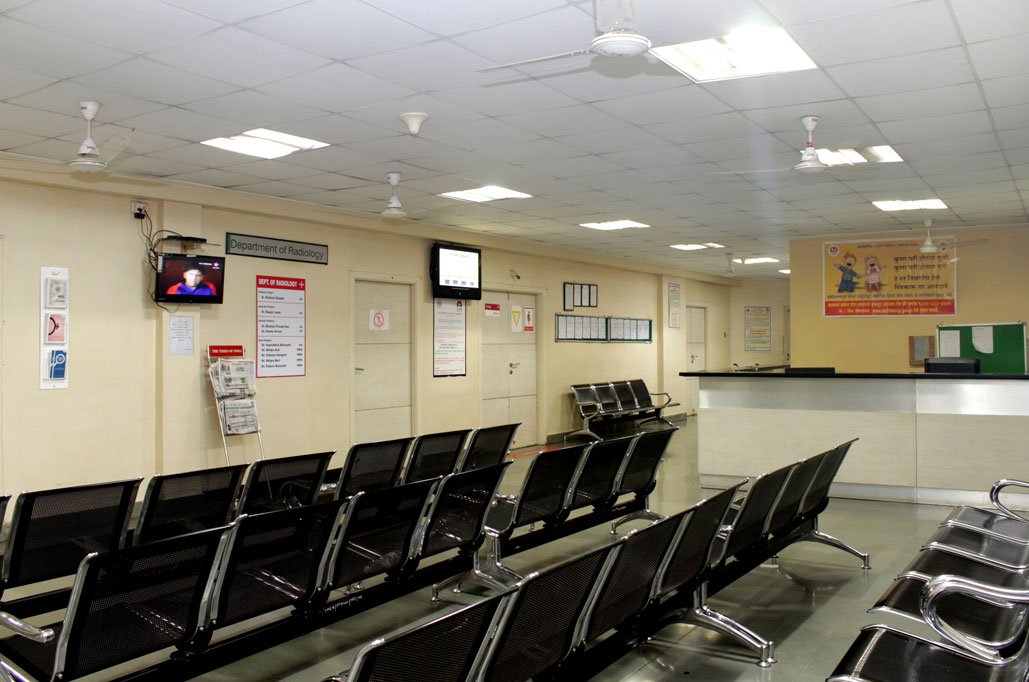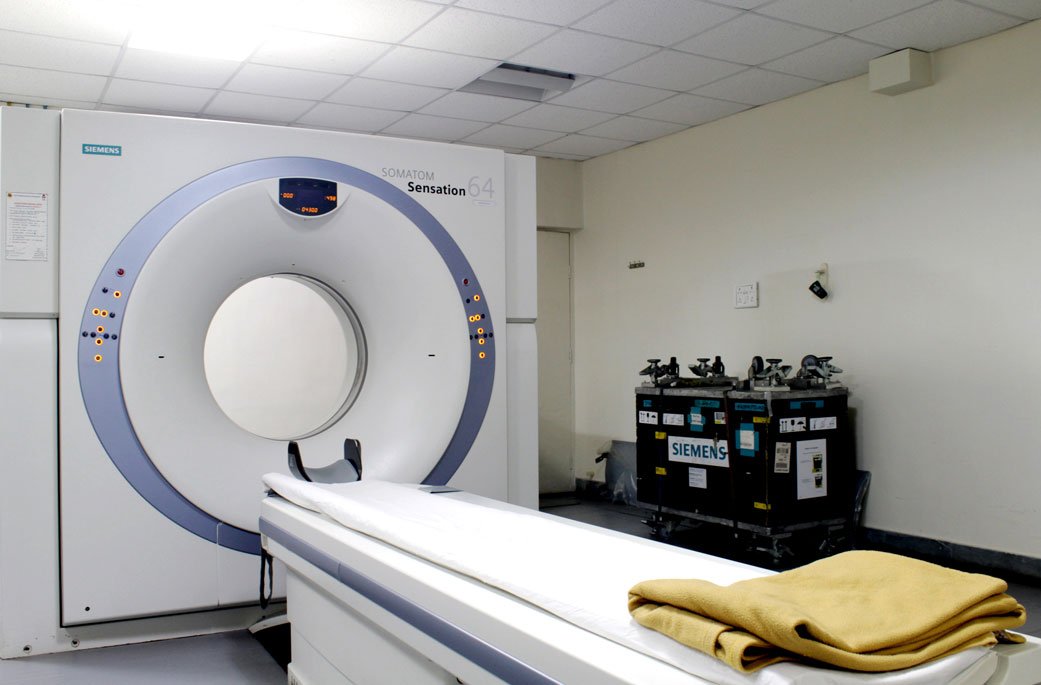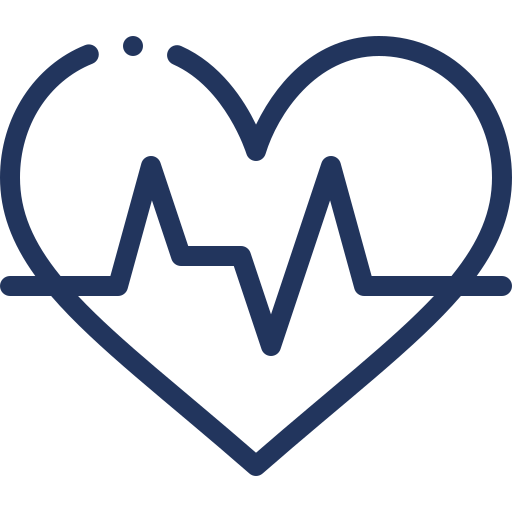Radiology & Diagnostic imaging techniques help to find out causes of an injury or illness and ensure that the diagnosis is accurate. These techniques include Computed tomography (CT) scans, Magnetic Resonance Imaging (MRI), X-rays, Ultrasonography (USG), Colour Doppler, Mammography & 2D Echocardiography.
1.5 Tesla MRI
Magnetic resonance imaging (MRI) is modern diagnostic imaging technique that produces cross-sectional images of your body. Unlike CT scans, MRI works without radiation. Along with the routine imaging we perform special studies like Spectroscopy, MRCP, Diffusion, Perfusion study and Venogram.
64 Slice CT scan
A CT scan lets your doctor see the size, shape, and position of structures that are deep inside your body, such as organs, tissues, Coronary artery abnormalities, Vascular abnormalities or tumors and early diagnoses of the disease with maximum accuracy. Benefits of 64 Slice are: Faster imaging, Less invasive, Increased patient comfort / convenience, Faster patient examination and less stress.
Ultrasonography & Colour Doppler
Ultrasound imaging uses sound waves to produce pictures of the inside of the body. It is used to help diagnose the causes of pain, swelling and infection in the body’s internal organs. During pregnancy, Doppler ultrasound may be used to look at blood flow in an unborn baby to check the baby’s health.
2D Echocardiography
An echocardiogram (echo) is a test that uses high frequency sound waves (ultrasound) to make pictures of your heart. The test is also called echocardiography or diagnostic cardiac ultrasound. It allows accurate measurement of the heart chambers.
Digital X-Ray (Digital Radiography)
Digital radiography is a form of X-ray imaging, where digital X-ray sensors are used instead of traditional photographic film. X-Ray is helpful diagnosing various lung diseases as well as bony and joint evaluation.
Mammography
Mammography is a specific type of breast imaging that uses low-dose x-rays to detect cancer early – before women experience symptoms – when it is most treatable.
CT BMD
A CT Bone Density scan (QCT) is an extremely accurate way to diagnose osteoporosis and determine your risk for a future fracture. CT Bone Density testing is also effective in tracking the effects of treatment for osteoporosis or for other conditions that cause bone loss.





